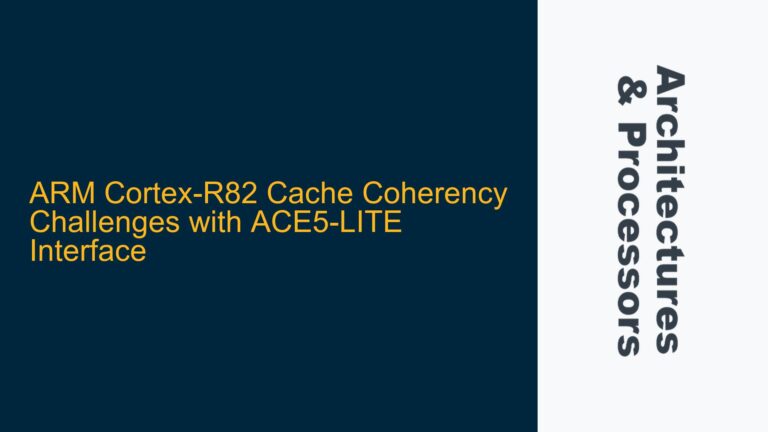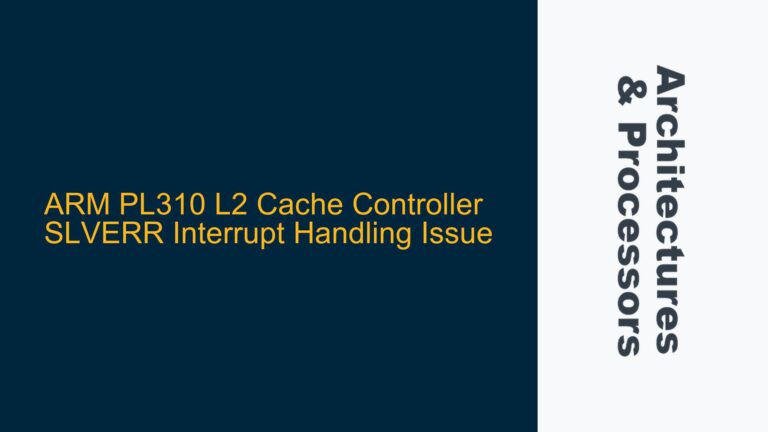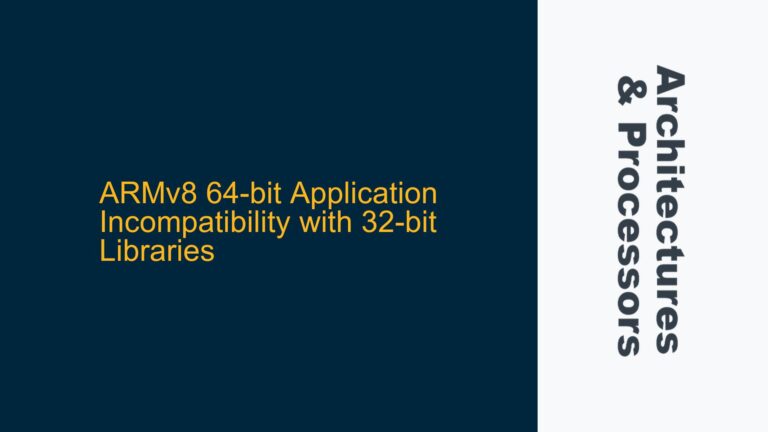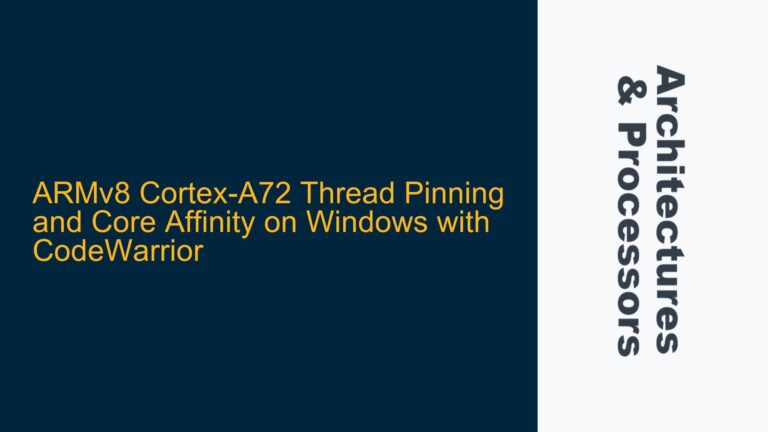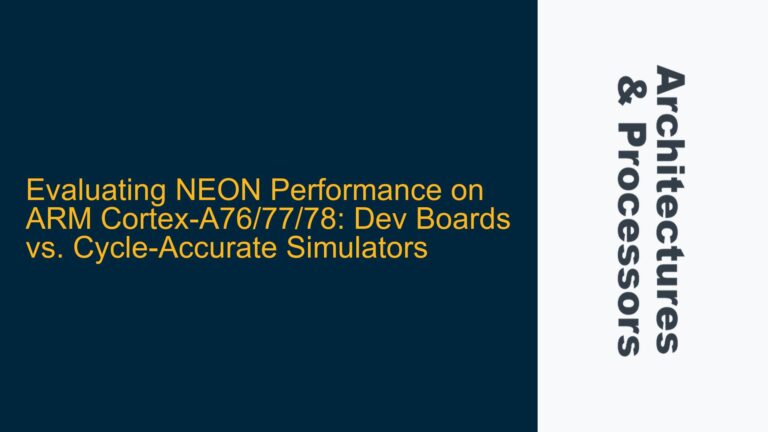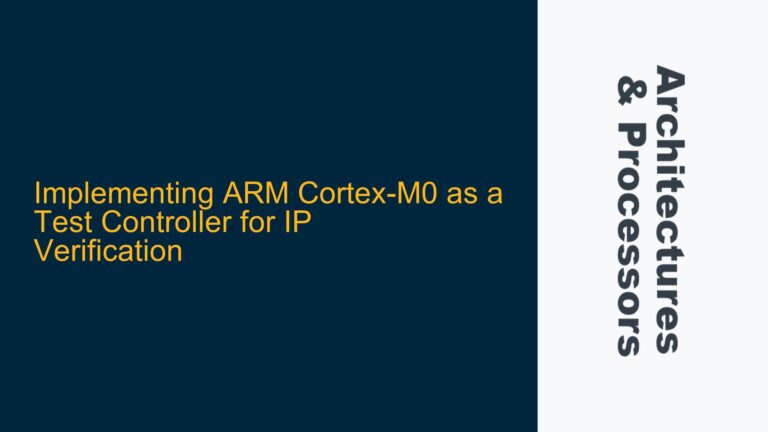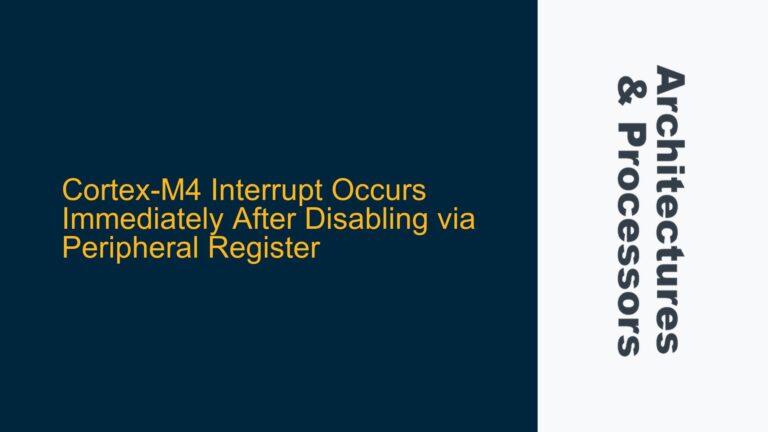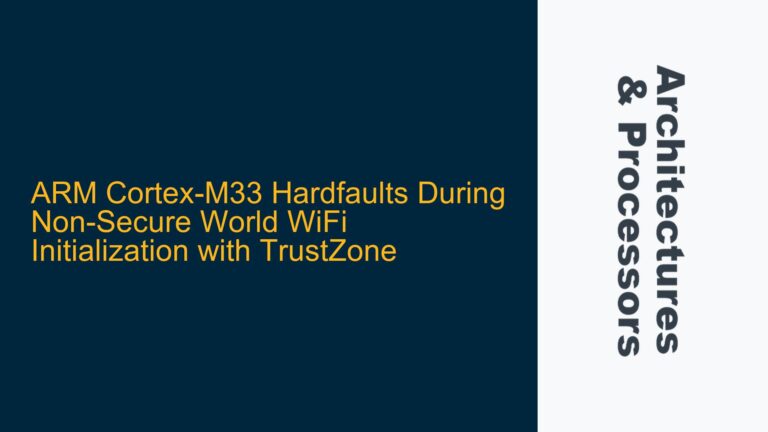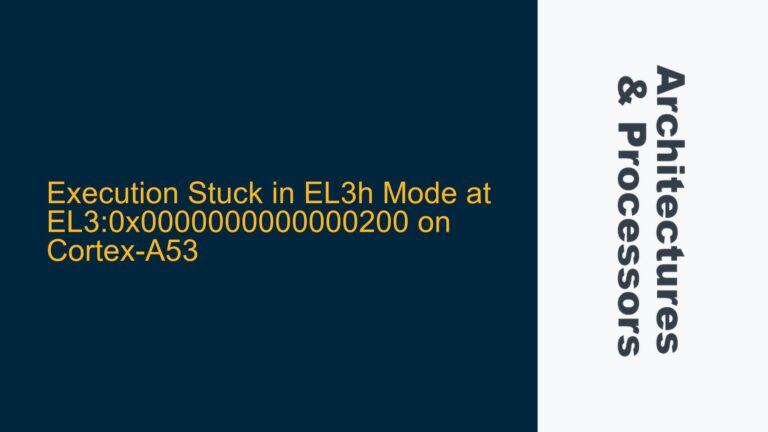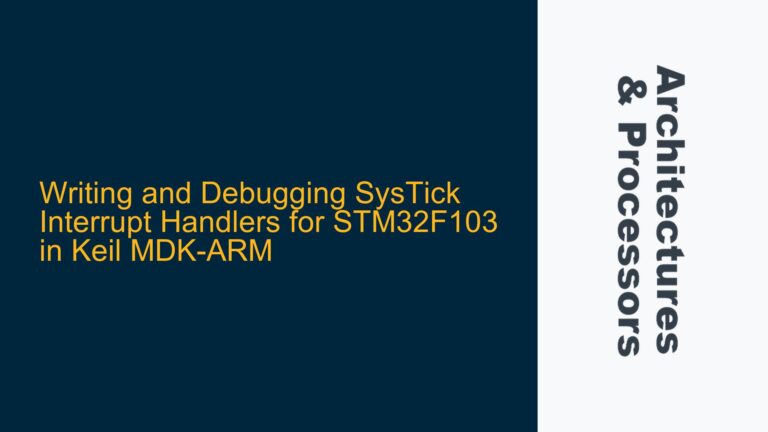ARM Cortex-R82 Cache Coherency Challenges with ACE5-LITE Interface
ARM Cortex-R82 Cache Coherency in Multi-CPU Systems with ACE5-LITE The ARM Cortex-R82 processor, equipped with an ACE5-LITE interface, is designed for high-performance real-time applications. However, maintaining cache coherency in systems where the Cortex-R82 interacts with multiple CPUs or hardware modules can present significant challenges. The ACE5-LITE interface, while providing some level of coherency support, does…
